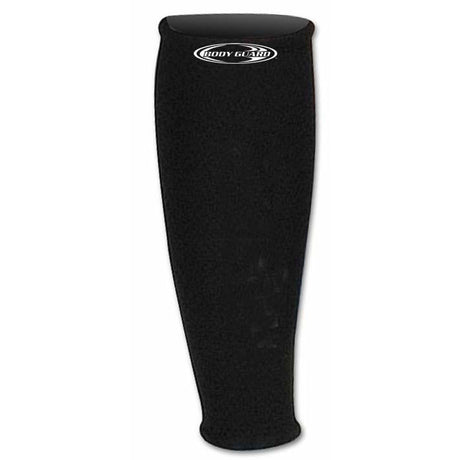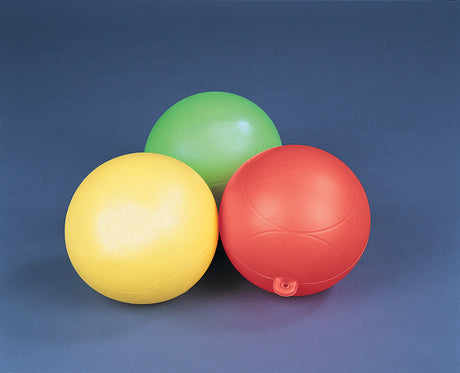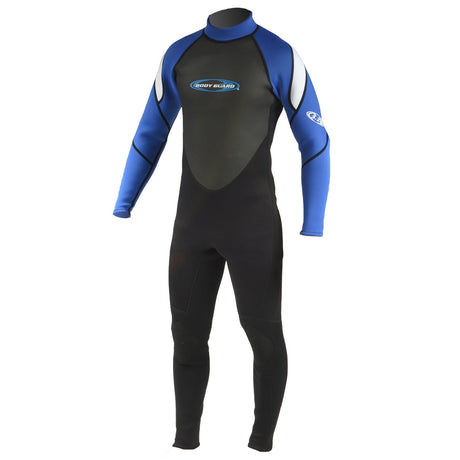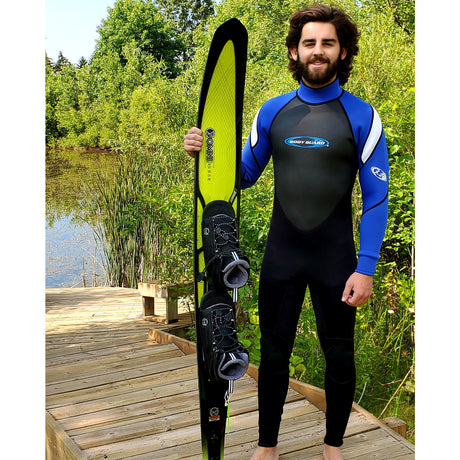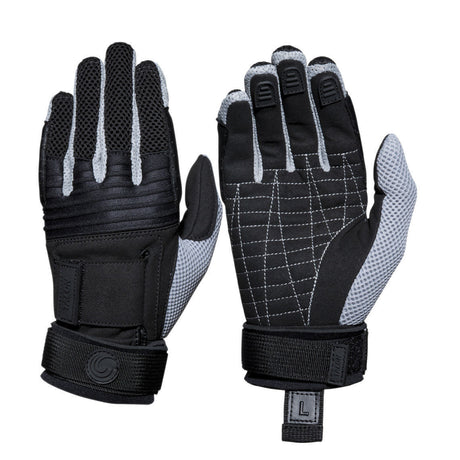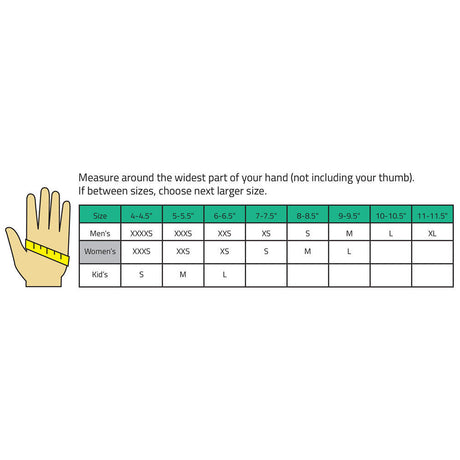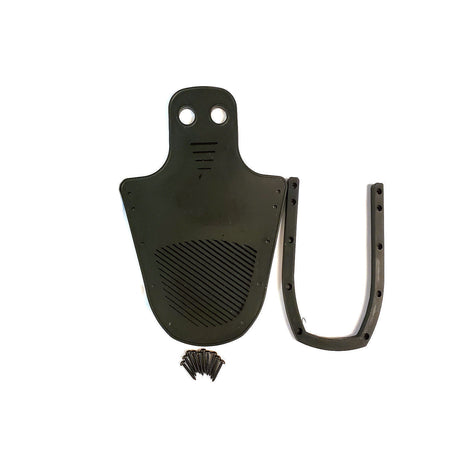Lakes can get choppy, and river currents can drag you along when you'd rather stay put. Having the right anchor on your boat is crucial, especially if you're busy staging for a wakeboard or ski ride.
But what type and size of anchor is best for your setup?
Types of Boat Anchors
Let's look at the most popular types of boat anchors, and look at some charts to figure out what size and weight anchor is right for you.
Fluke Anchors
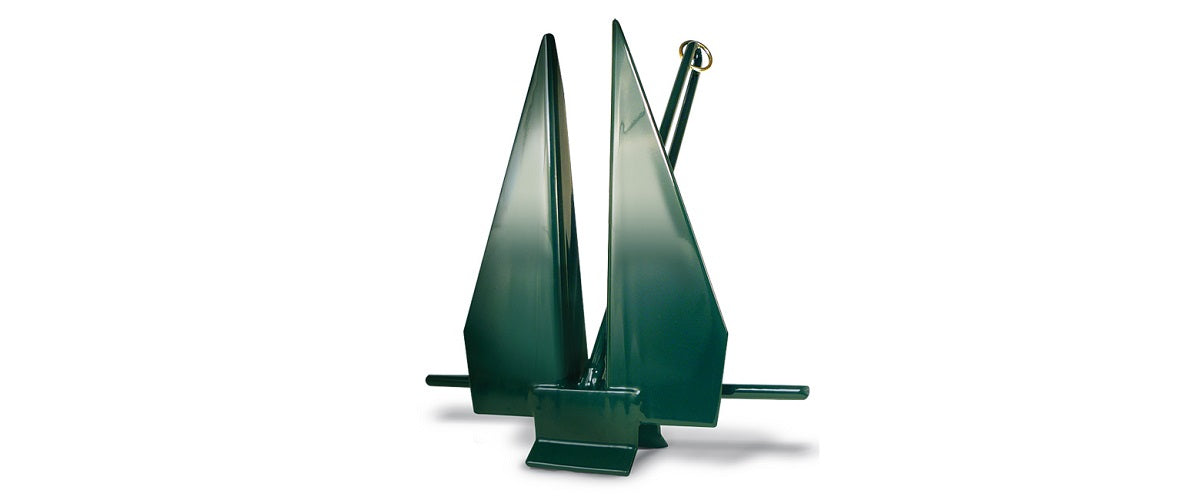
Also known as a Danforth anchor, the fluke anchor is favored by lake and river boat owners for its lightweight design and excellent holding power in soft bottoms.
Fluke anchors have a rotating bar that connects the anchor to the line. Their forward-heavy profile allows the flukes to drive straight down into sand or mud. As line is laid out, the bar swivels into a horizontal position, providing good scope.
- Boat Size: 30 feet or less
- Best For: Lakes, rivers, mud and sand
- Bad For: Rocks, debris, coral, strong currents
Plow Anchors

Also called a delta anchor, the plow anchor is one of the most popular anchors on the boat market. It's simple and effective, capable of providing reliable mooring in all water conditions and most beds.
Plow anchors dig into the surface below and they provide high holding power. They set quickly, which makes them an excellent choice when strong currents and winds could otherwise quickly move your boat.
But plow anchors' large, flat fins can get stuck in debris and large rocks, so it's best to stick to softer bottoms.
- Boat Size: 70 feet or less
- Best For: Sand, mud, grass bottoms, strong winds
- Bad For: Rocky bottoms
Claw Anchors

Also known as a Bruce anchor, the claw anchor is similar to a plow anchor: It sets quickly and digs into soft bottoms, providing good holding power against currents and wind -- though not as well as a plow.
Because claw anchors use smaller pins, they're better suited in gravel and rock, affording a lower risk of catching and getting stuck where a plow anchor might get hung up.
Digger Anchors

The digger anchor excels at providing high holding power in gravel and rocky bottoms, even with strong currents and high wind. It uses a rod that partially rotates, while limiting the angle of the anchor line's scope.
As current and wind pull on the boat, the rod's limited angle pulls on the anchor's claws, pushing them further into the bottom. The digger's thin, long claws work great in virtually all bottom, including gravel and small rocks -- just avoid large debris, as the limited angle of the anchor rod prevents it from being pulled back out of a snag effectively.
- Boat Size: 40 feet or less
- Best For: Sand, mud, grass, gravel, strong winds
- Bad For: Bottoms with large debris
Navy Anchors

The classic, heavy, big navy anchor excels at providing high holding power in all waters and conditions. Its size and shape make it suitable for rocky bottoms and debris fields, as it has little risk of getting snagged.
The only problem with a navy anchor is that its benefits can become problematic for smaller vessels: Because navy anchors are large and heavy, they can be difficult to stow, and they add plenty of weight to the hull.
- Boat Size: 20+ feet
- Best For: All bottoms, currents, and weather
- Bad For: Small, light boats
Mushroom Anchors

The mushroom anchor is made for small vessels in relatively calm waters with soft bottoms. It relies on suction and sinking into sand, dirt, and mud to provide holding power. These anchors are typically found on light, electric motor-powered boats, kayaks, and dingy boats.
- Boat Size: 12 feet or less
- Best For: Soft bottoms free of rock
- Bad For: Large boats, heavy currents, rocky bottoms
River Anchors
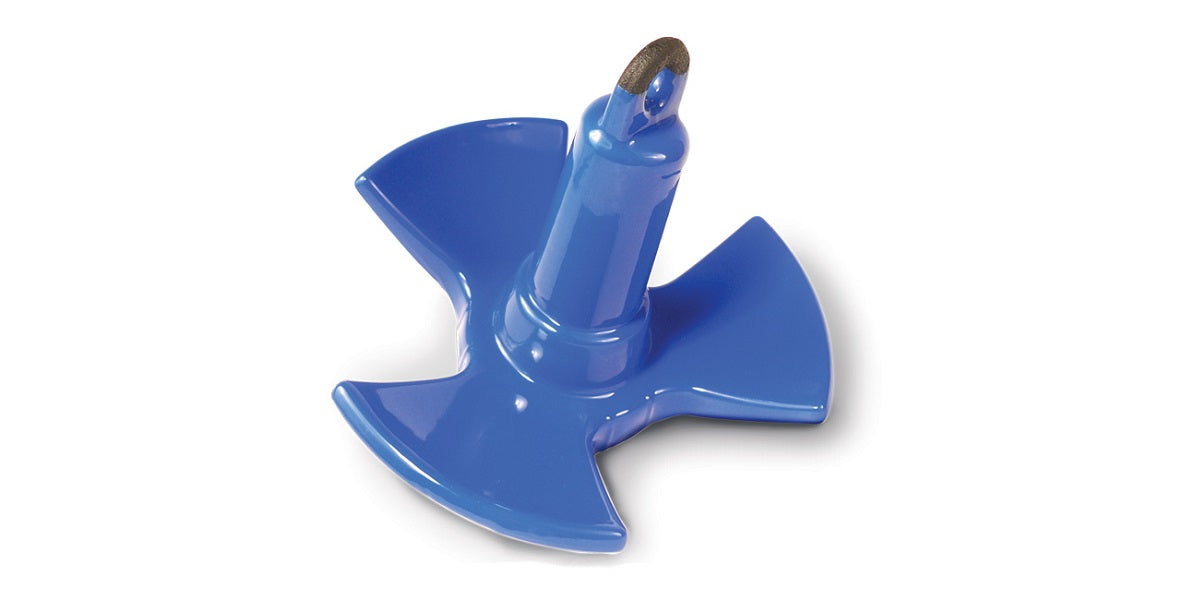
Like the mushroom anchor, the river anchor is also intended for small vessels in lakes and rivers -- but with one exception: The river anchor works well in rocky bottoms and beds filled with debris. The wide, flat flukes work best when they can grab hold of objects on the floor. River anchors work well enough in soft bottoms, albeit with less holding power than a mushroom.
Choosing The right Size Anchor
When selecting a boat anchor, it's important to consider the following factors:
Boat Size
The size and weight of your boat will determine the size and weight of the anchor you need. As a general rule, the heavier the boat, the larger and heavier the anchor should be.
Water and Weather
The type of weather and currents you encounter will influence your anchor choice. Different anchors perform better in different conditions, so it's important to choose one that suits your boating environment.
Conditions of Water Bed
The floor your anchor rests upon can vary wildly. Some lakes and rivers have rocky bottoms filled with debris, while others have soft silt or sand. Picking the wrong setup could mean you wind up drifting, or worse, cutting line because your anchor got stuck at the bottom.
Anchor Weight vs. Boat Size Chart
The chart above is a general guideline for selecting the appropriate anchor weight for your boat. Conditions on the water, and the weight of your boat -- regardless of its size -- could mean you need a heavier anchor.
|
Anchor Weight (Lb) |
Anchor Weight (Kg) |
Boat Length (M) |
Boat Length (Ft) |
| 9 | 4 | 2 - 6 | 6 - 20 |
| 14 | 6 | 7 - 11 | 21 - 38 |
| 22 | 10 | 12 - 16 | 39 - 54 |
| 35 | 16 | 17 - 21 | 55 - 71 |
| 44 | 20 | 22 - 26 | 72 - 87 |
| 55 | 25 | 27 - 31 | 88 - 104 |
| 70 | 32 | 32 - 36 | 105 - 120 |
| 88 | 40 | 37 - 41 | 121 - 136 |
| 110 | 50 | 42 - 46 | 137 - 153 |
| 140 | 63 | 47 - 51 | 154 - 167 |
Anchor Chain vs. Rope
When it comes to anchoring, you'd think chain is far superior to rope. But chain really only provides two advantages: It adds holding power, helping to keep your boat moored in one spot in rough water and strong currents, and it resists chafing -- it won't suffer damage from being dragged along debris and rocks.
Chain is heavy, though, so it adds weight to your craft when not being used. This isn't a concern on large, sea-going vessels. But you probably don't want that added weight when you're cruising around on the river or lake, especially when towing a wakeboard, tube, or skis.
Chain also rusts, even with regular maintenance, and it's expensive. Nowadays, synthetic anchor rope is tough and abrasion-resistant, and it withstands water and sunlight incredibly well. It's also lightweight relative to its strength, and it takes up much less space than chain.
The most effective setup combines a bit of chain near the anchor, with rope making up the rest of the line. Just a few feet of chain is needed to ensure your anchor is properly seated. This bit of chain also improves the scope of your line. "Scope?" You, say? Read on.
It's All About Scope
Rope alone will provide as much holding power as chain, so long as your scope is correct. Scope measures the ratio of the length of deployed rope (or chain) to the height from the ocean, lake, or riverbed to the anchor point on the boat.
The minimum effective scope you need to properly moor your vessel with any anchor and line is 5:1. That means if the depth from your boat's topside to the underwater floor is 5 feet, you need 25 feet of rope laid out below. This affords about 75% of the maximum holding power of your anchor and line.
A scope of 10:1, laid perfectly flat on the bed below, provides 100% holding power. Using the same 5 foot depth, you'd need 50 feet of anchor rope or chain laid out for max holding power.
Need a new anchor setup? Check out our boat anchors and anchor lines!



